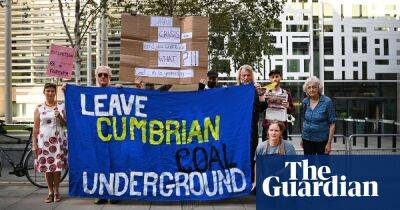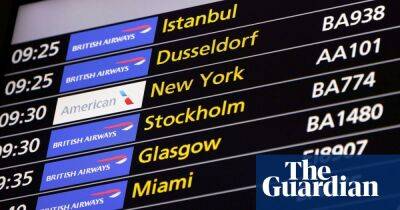London’s Oxford Street: from retail heaven to candy store hell
For the last couple of years there has been a large yellow sign on the corner of Selfridge’s on London’s Oxford Street that reads: “Let’s Change the Way we Shop.” Walk a few hundred yards in either direction on “Britain’s high street” and you discover evidence that a large proportion of Oxford Street’s 200 million annual pre-pandemic customers have already taken up that invitation, abandoning department stores for the internet.
The idea of shopping as a leisure pursuit was invented here in the 1800s. The wide Georgian pavements, plate glass shopfronts and newfangled street lights encouraged browsers to stand “six people deep” to genteely lust after spotlit millinery or pyramids of fruit. Jane Austen was an early adherent of retail therapy, guiltily admitting in a letter to once spending £5 on an Oxford Street trip – about £500 today.
Go in search of that experience now, as I did on sweltering afternoons last week, and you will find row upon row of once-familiar shop windows boarded up. Debenhams went into administration in 2019 and House of Fraser followed during the pandemic. John Lewis, which has been here since 1864, is in the process of selling off its upper floors for offices. The teenage dreams of Topshop, symbol of the excesses of 90s fast fashion, are covered in estate agents advertising hoardings on which suggestions to “be the future” compete with graffiti tags. There has long been a desperate air among the shoppers here, clutching Zara bags as they step over rough sleepers, waving away “charity muggers” and Hare Krishnas to get to Primark, but now you can convince yourself you are seeing the last of a dying breed.
Even the vast Marks & Spencer store that flanks Selfridge’s, once a tourist destination to rival St
Read more on theguardian.com



















